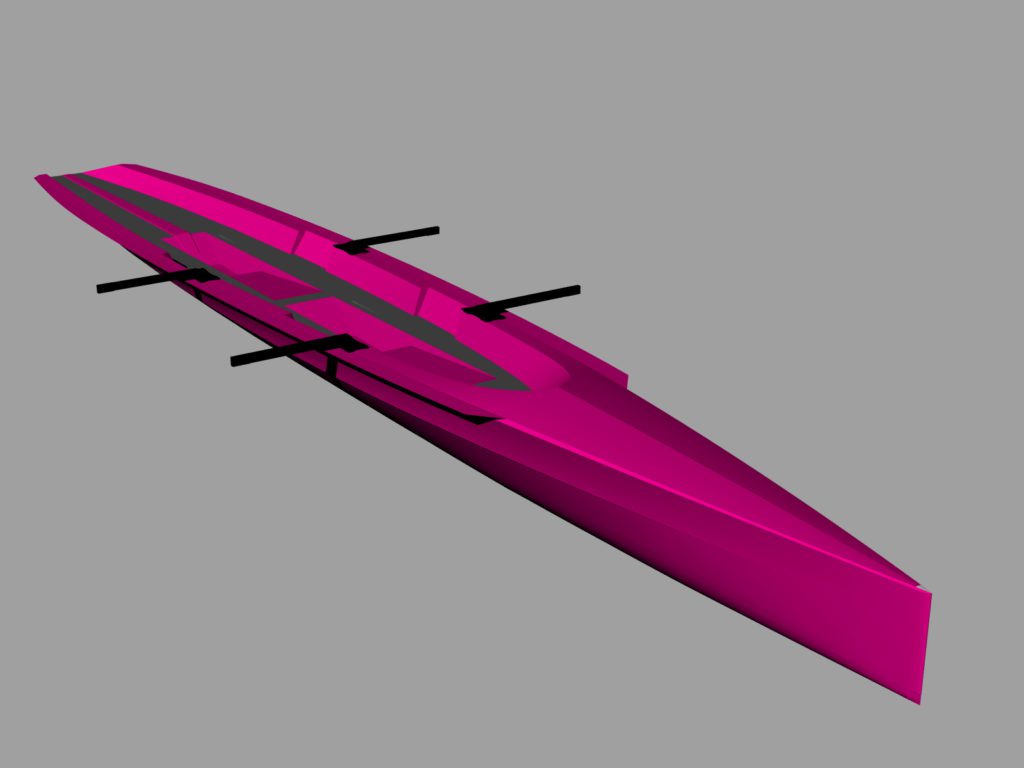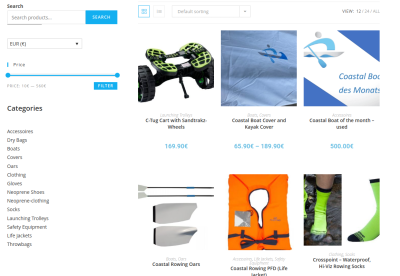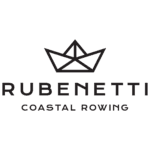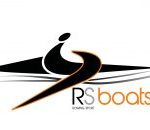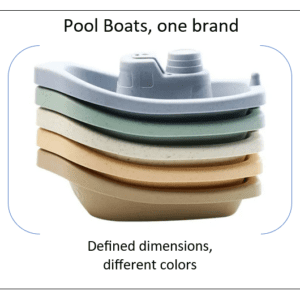Most Coastal boat designers know what the layout of a Coastal Boat should look like. In today’s post, we’ll take a look at how the boatbuilding specialists at RUBENETTI design their boats. We should not underestimate, Coastal Boat Design is a constant learning process and hardly compares with the design of conventional boats.
A Guest post – At RUBENETTI, we learned our lessons many years ago. We thought that our design on our computers was the final design of the boat. 10 years ago, we didn’t know that final, small changes had to be made by hand. Our most important principles since we started RUBENETTI: speed and stability. We build boats that don’t bounce or dance. We don’t want to dance with the dolphins. In our opinion, that is counterproductive to speed and stability.
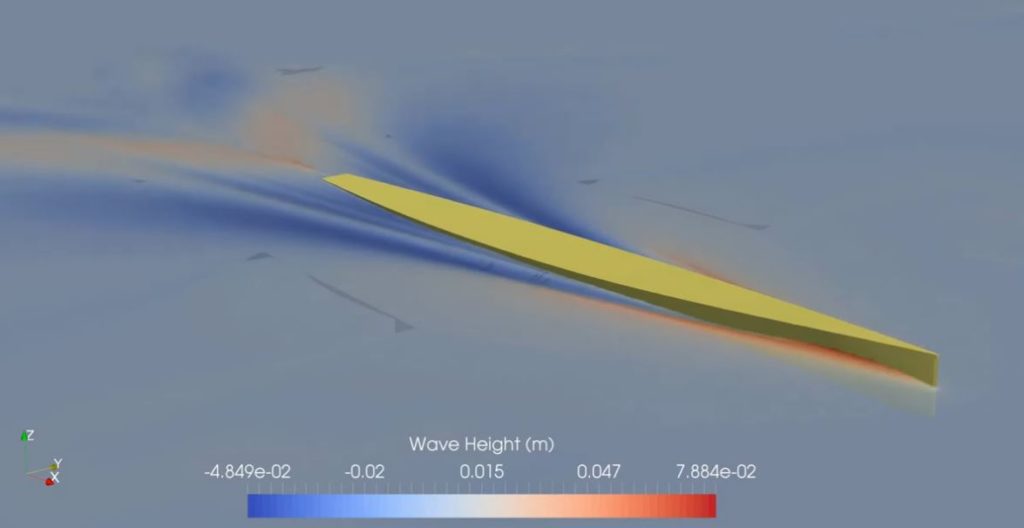
Coastal Boat Design – The Most Important Factors
To dance with the dolphins or not: to design a coastal rseveral need to consider a number of aspects. Of particular importance are the following:
- The type of water in which the boat will be used.
- The external conditions to which the boat will be subjected
- The physical abilities of the rower
We have learned that the hard way. Especially in the beginning, we adapted every computer design without thinking about those factors. Looking back today at the shape of various coastal boats, we see many mistakes. Most of them are in the weight distribution, the volume of the bow and stern.
7 important points we at RUBENETTI consider in the design process
Here is a general overview of the design process for a Coastal Rowing Boat. We have highlighted 7 points that need special consideration in Coastal Boat Design. So if you decide to buy a Coastal Boat you should look as closely at these points as we at RUBENETTI do when designing the boats.
- Open Ocean – a bay – the coast: Coastal Boats can be used in a variety of waters. These include calm bays and estuaries, choppy nearshore waters, and the open ocean. It is important to know what type of water the boat will be used in, as this will affect the boat’s stability and seaworthiness. Are the conditions in which rowing will take place known? Remember that most regatta sites and coastal beaches have an average wave height of no more than 100 cm.
- The bow shape should be adapted to the conditions: Coastal Boats are exposed to wind, waves, and currents, so these factors should be taken into account in the design. For example, a boat designed for use in calm water is not suitable for use in choppy conditions. So you should always look at the different bow shapes. The bow and the fin are important for directional stability. The bow is always a compromise. Round bows and banana shapes are faster in Beach Sprints because they are not affected quite as much by strong currents and strong winds. Wave-breaking bows, on the other hand, are much better suited for long-distance races and long distances. So for long-distance racing and long-distance rowing, a bow with a clear cut should be chosen. Check out the video below. The two Dutch rowers are trying out different boats. A Leo Coastal Griffin and a RUBENETTI R11. Watch the bow, stern, and boat movement during the ride. What do you think? The RUBENETTI boat is built for coastal conditions. Designed for waves from 50-180 cm.
- The right materials: Coastal Boats are usually made of lightweight, durable materials such as fiberglass, carbon fiber or Kevlar. These materials provide strength and rigidity while reducing weight, making the boat easier to handle and row.
- Size and Weight: Here’s the question of what kind of boat you want. We build boats to FISA standards or recreational boats. The size and shape of the boat will determine its stability, speed and maneuverability. A wider, more stable boat is best for beginners or for use in calm water, while a narrower, more streamlined boat is better for more experienced rowers or for use in choppy conditions.
- The center of gravity of the boat: Where is the center of gravity of the boat? Is the foot stretcher in the correct position? Too much center of gravity at the stern can cause bouncing and dancing. And even worse, during the catch, the boat’s stern dips further into the water. The boat’s extensions also play an important role here. Coastal boats are often equipped with adjustable seats, footrests, and oar locks, as well as storage compartments for equipment. The type and placement of these features depend on the intended use of the boat but can also greatly affect the center of gravity. We always try to find the optimal compromise between comfort and stability here. Nevertheless, a watertight storage compartment is standard in all our boats.
- Consideration of ergonomics: Coastal boat design should also always consider comfort and ease of use for the rower. This includes the placement of the seat, footrests, and oar locks, as well as the shape of the boat’s hull. It’s always a good idea to do a test row to see if the boat you want is really ergonomic enough.
- Testing and minor improvements: Last but not least, before finalizing the design, it is important to test the boat under the intended conditions to identify areas that need improvement. This may include changes to the size, shape, or materials used or adjusting the placement of elements such as the seat or footrests. When you decide to buy a Coastal Boat, ask the builder about his procedures of testing.
RUBENETTI – Coastal Boat Design by experts for you
As you can see, many different factors play a role in our boat design. But what is most important for us is testing under the intended conditions. As we are passionate Coastal Rowers, all our boat designs have been extensively tested and adjusted by us. However, we don’t stop testing and improving our boats even after we have launched a boat. Boat design is more than just a technical aspect for us – the feeling on the water also plays a role.
We always strongly follow our most important principle: RUBENETTI stands for speed and stability.

